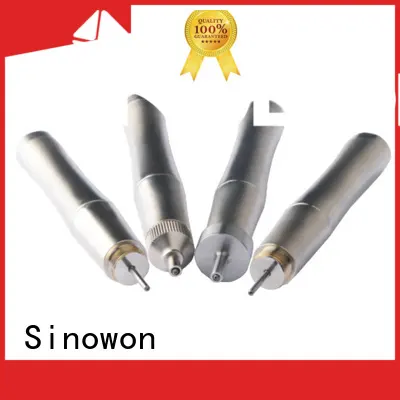





certificated Automatic vision measuring machine wholesale for mold
PRODUCT Feature
◆ Introduced latest ultrasonic sensor technology
◆ Obtain accurate hardness value without auxiliary devices
◆ Support 360° quick measuring
◆ Excellent human engineering design easy to hold
◆ Suitable dimension and weight of probe is convenient to control
◆ Quick and accurate measuring for edge and fixed position of specimen
◆ Micro indentation, Non- Destructive for specimen
Technical Specification
| Product Name | Manual Ultrasonic Testing Probes of Ultrasonic Hardness Tester | |||
| Probe Type | HP-1K | HP-2K | HP-5K | HP-10K |
| Code# | 882-311 | 882-321 | 882-331 | 882-341 |
| Remark Optional | Optional | Standard | Optional | Optional |
| Loading Force | 10N | 20N | 50N | 98N |
| Diameter | 22mm | 22mm | 22mm | 22mm |
| Length | 154mm | 154mm | 154mm | 154mm |
| Oscillating Rod Diameter | 2.4mm | 2.4mm | 2.4mm | 2.4mm |
| Roughness of measuring surface | Ra<3.2um | Ra<5um | Ra<10um | Ra<15um |
| Min weight of test material | 0.3kg | 0.3kg | 0.3kg | 0.3kg |
| Min thickness of test material | 2mm | 2mm | 2mm | 2mm |
Application
![]() Tel: 0086-0769-2318 4144
Tel: 0086-0769-2318 4144
![]() Mobile: 0086-137 2828 8444
Mobile: 0086-137 2828 8444
Telephone: 0086-0769-23184144
E-Mail: mz@sinowon.com
Website: www.sinowon.com
Headquarter Address:
C1-508, Tian'an Cyber Park, #1 Glod Road, Nancheng, Dongguan, China (Post Code:523080)
Factory:
Unit 01, Building 7, No. 120, Liantang Road, Tangxia Town, Pengjiang District, Jiangmen, Guangdong, China (Post Code:529000)
International Trade Sector:
C1-501, Tianan, Gloden Road, Nancheng, Dongguan, Guangdong, China(Post Code:523080)
Copyright © 2025 Sinowon | All Rights Reserved.
